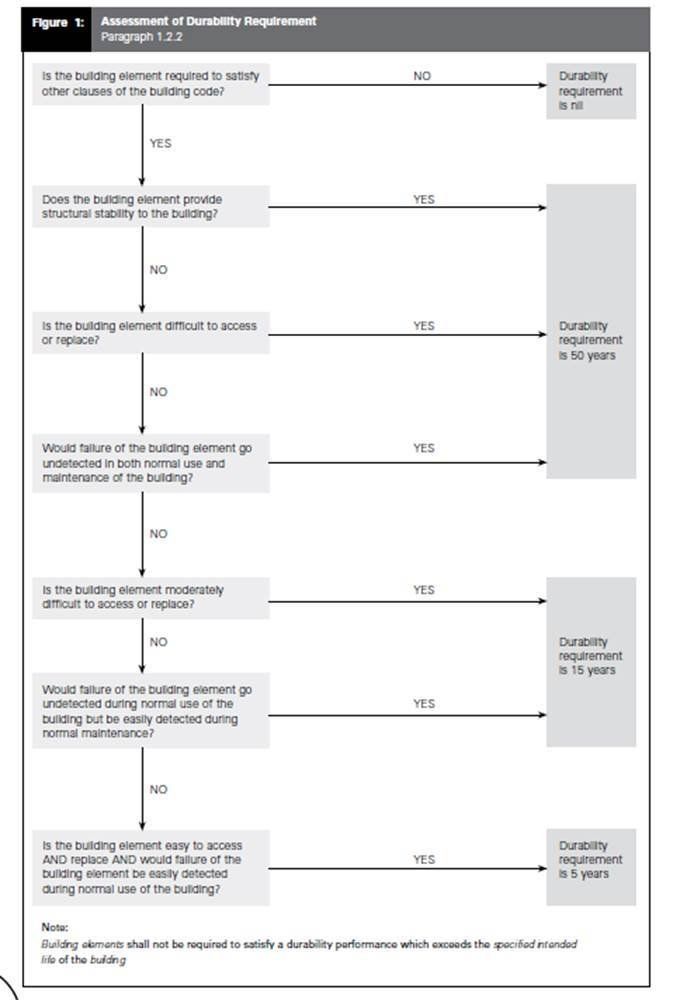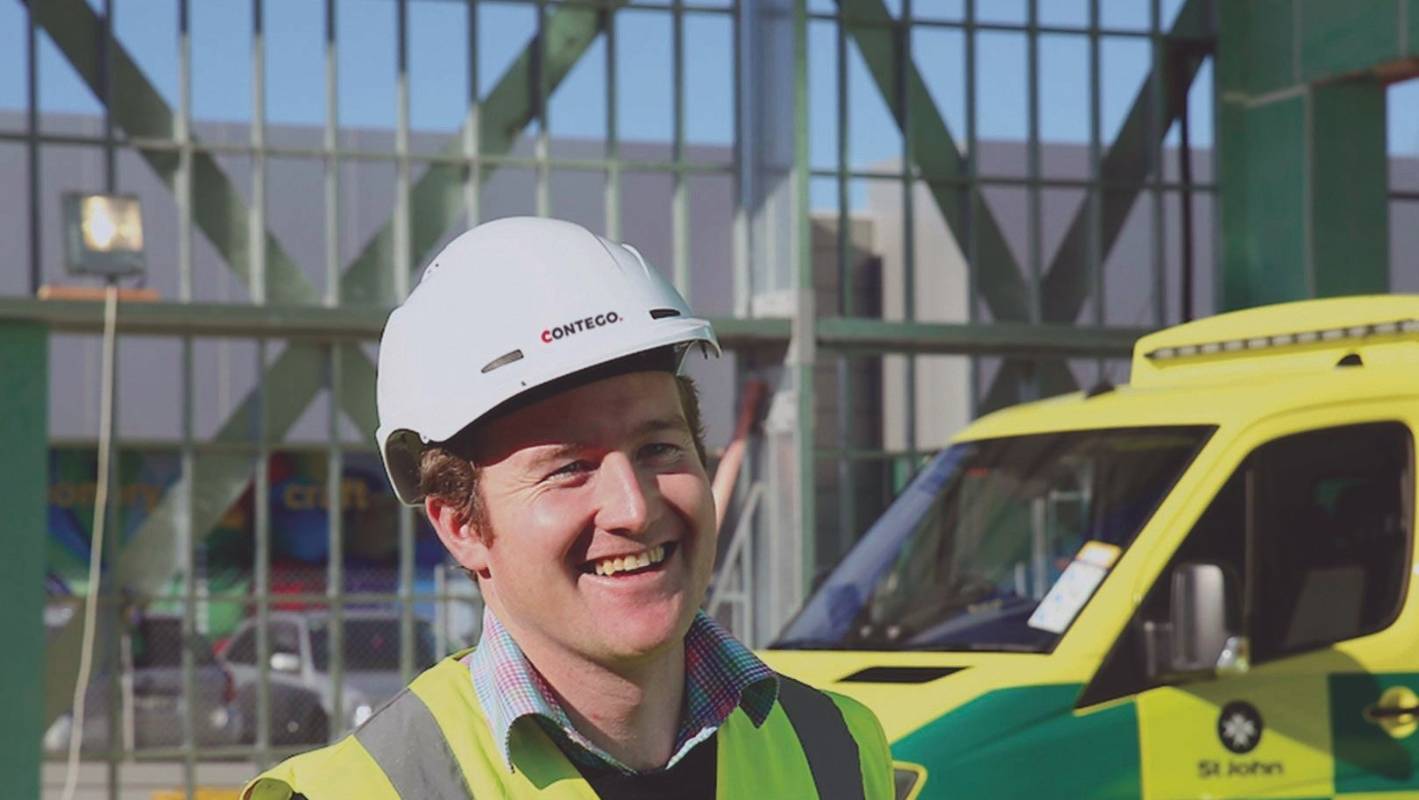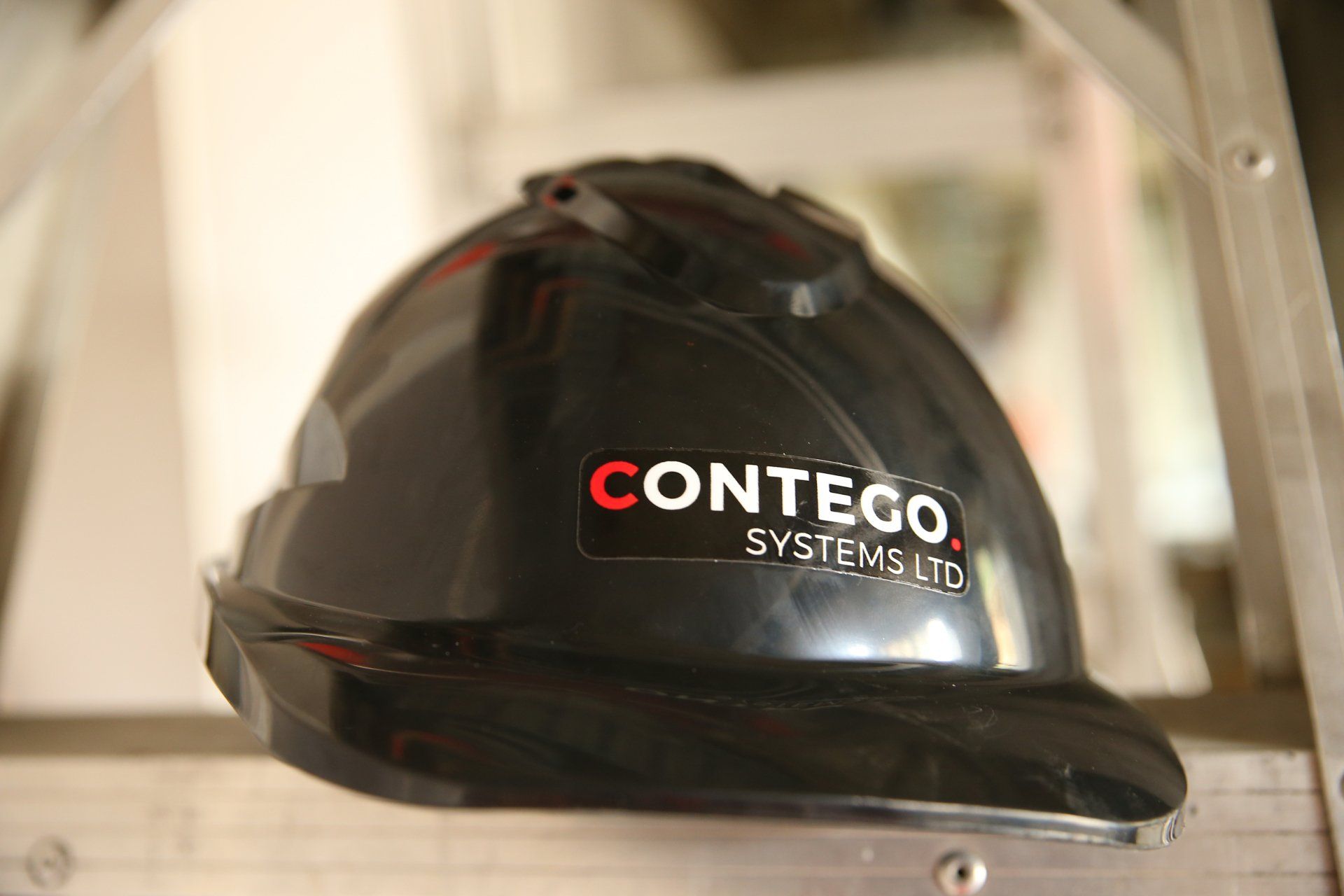Passive Fire and NZBC
July 1, 2020
CLAUSE B2 DURABILITY
We always talk about tested systems, but seldom do we acknowledge ‘durability’ with regard to selection and installation of Passive Fire systems. As contractors, manufacturers, distributors, fire engineers, specifiers, councils and third party agents we all have a responsibility under NZBC to ensure Clause B2 is satisfied.
Considerations with regard to Passive Fire protection should include:
- Environment of the finished building – i.e a swimming pool or heavy corrosive environment
- Exterior – i.e exposed to sunlight, frost, rain
- Coastal – i.e exposed to sea air, stainless fixings
- Thermal – i.e central North Island
- Compatibility between metals – i.e Galv & stainless steel, copper pipe reaction
- Dust - Suitability against substrate – i.e will the fire stop still adhere over time
- Shrinkage – i.e mastic, concrete, and other materials shrink over time
- Seismic – movement of substrate, service and passive systems
- Future access – can it be accessed for inspection or maintenance?
- Future services – is there any risk of damage to the device during future installations?
Just because a particular detail has the appropriate testing for AS1530.4 or Assessment AS4072.1 does not mean that it is the correct selection as it may not satisfy NZBC B2.
When issuing Producer Statements we are stating that the works have been completed in accordance with NZBC. Generally for Passive Fire protection this is specific to C1 – C6 or parts of. It should also be acknowledged & referenced that the works comply with B2. Where BCA’s have an Approved Author system or are reviewing a Producer Statement Author they should consider the authors knowledge, understanding and demonstration of B2 with regard to Passive Fire protection.
Specific to each aspect of Passive Fire Protection:
- Fire rated Doorsets follow a design and QA process that ensures for instance Exterior Grade doors are installed in the correction locations.
- Intumescent Coatings will under the draft Intumescent Coatings Code of Practice have a section dedicated to corrosion and durability including cross reference with NZS3404.
- HVAC ducts and dampers are to be cross referenced with AS1668 which includes considerations for B2.
- Fire Stopping has largely been left out of the microscope with regard to B2
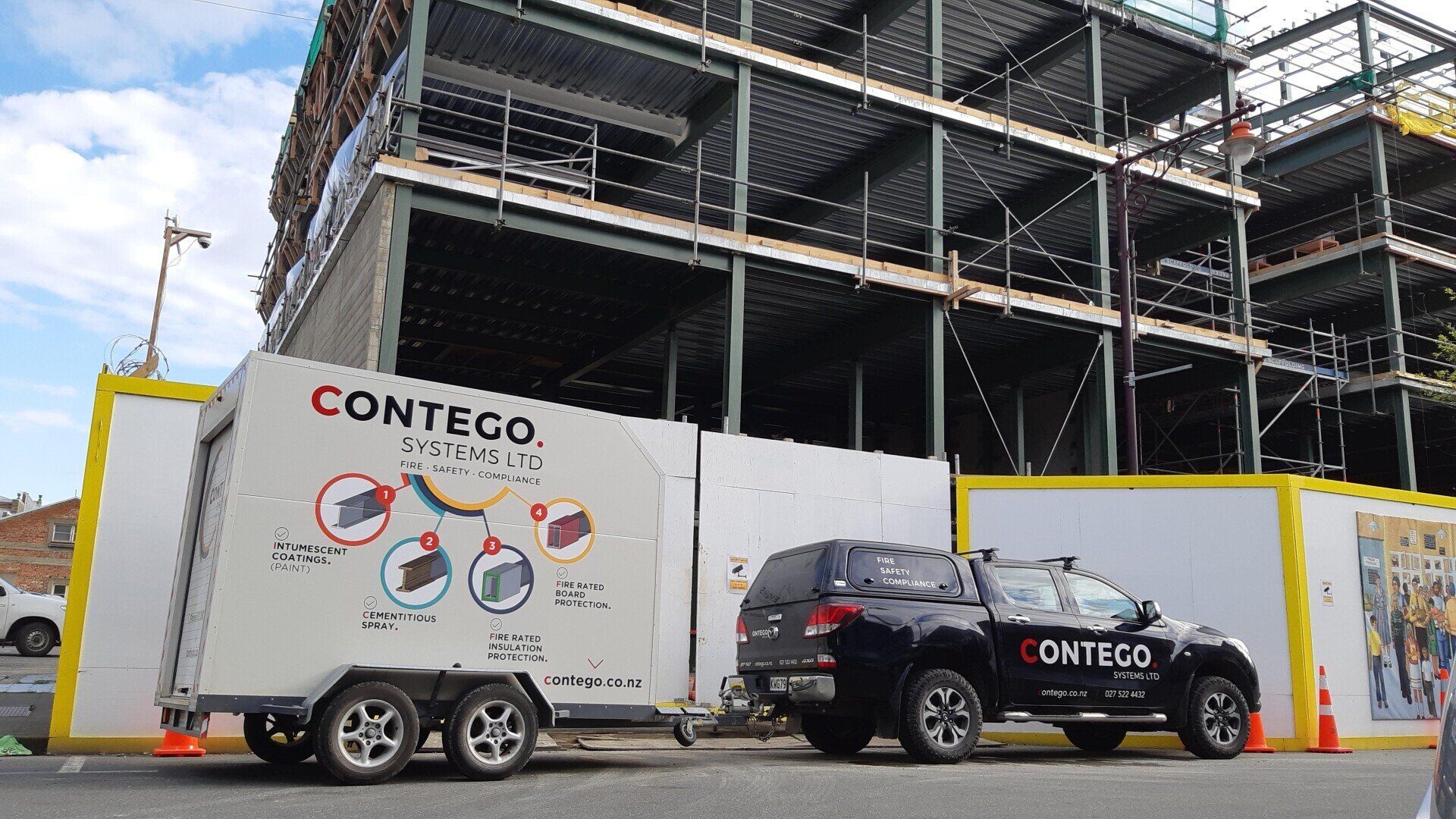
The Passive Fire Protection Intumescent Coating Code of Practice suggests that this should be a collaborative effort between all design consultants to ensure all aspects are considered. This way of thinking is no different to any other collaborative effort in designing a building whereby multiple consultants need to talk & collaborate on a solution.
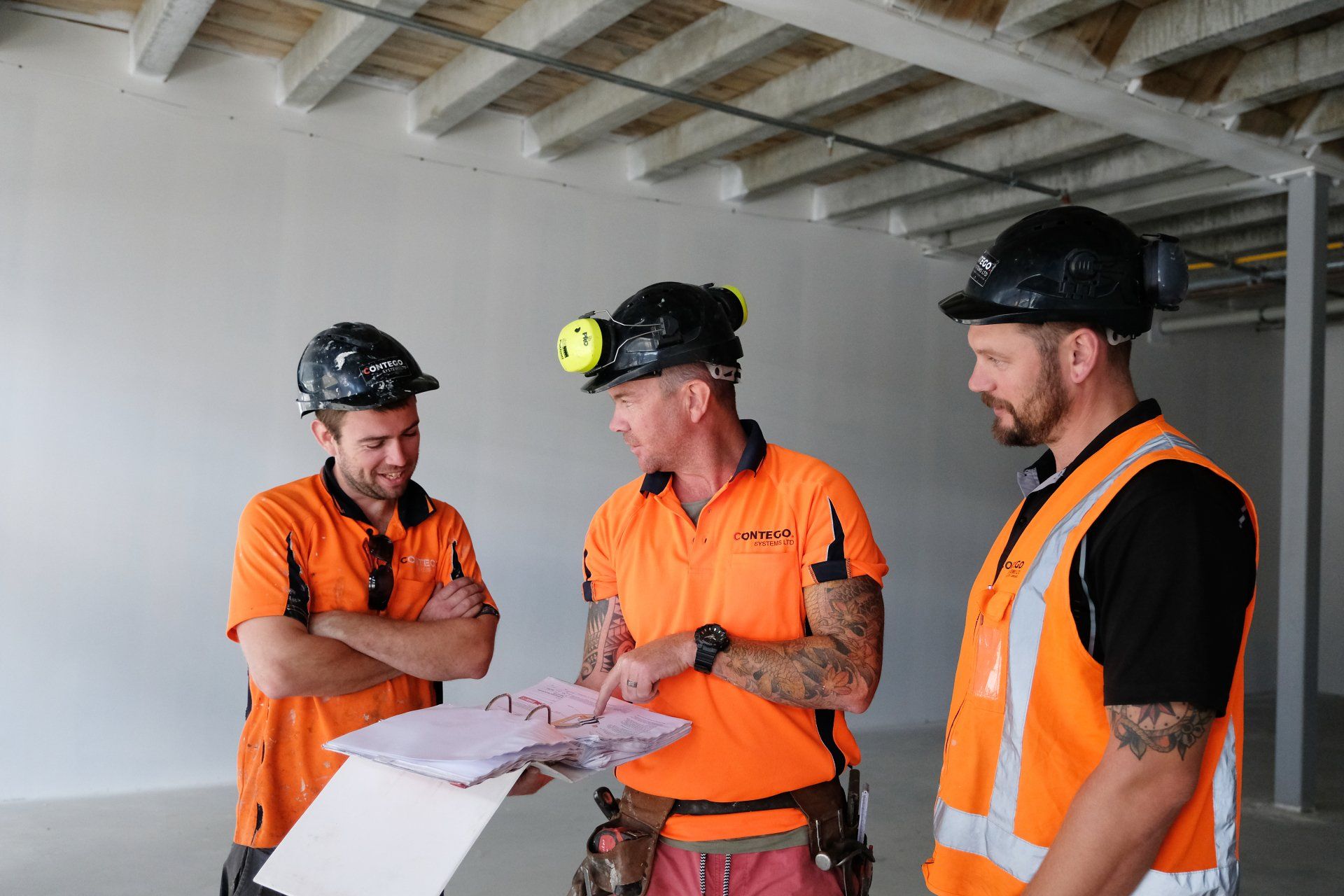
South Island passive fire protection contractor Contego today announced that it will continue its business expansion by opening a new base in the North Island in December 2021. Located in New Plymouth, the branch is expected to employ 10 persons over the next 24 months. The business currently employs 35 personnel between its bases across the South Island.

I’m sure I’m not the only one that is experiencing weekly headaches with freight delays and lead time materials. What was once available down the road, can now be a lengthy delay to get a hold of it. The feedback I am getting from suppliers and contractors is that the worst is not over, and we should be planning to deal with this for the remainder of this year.
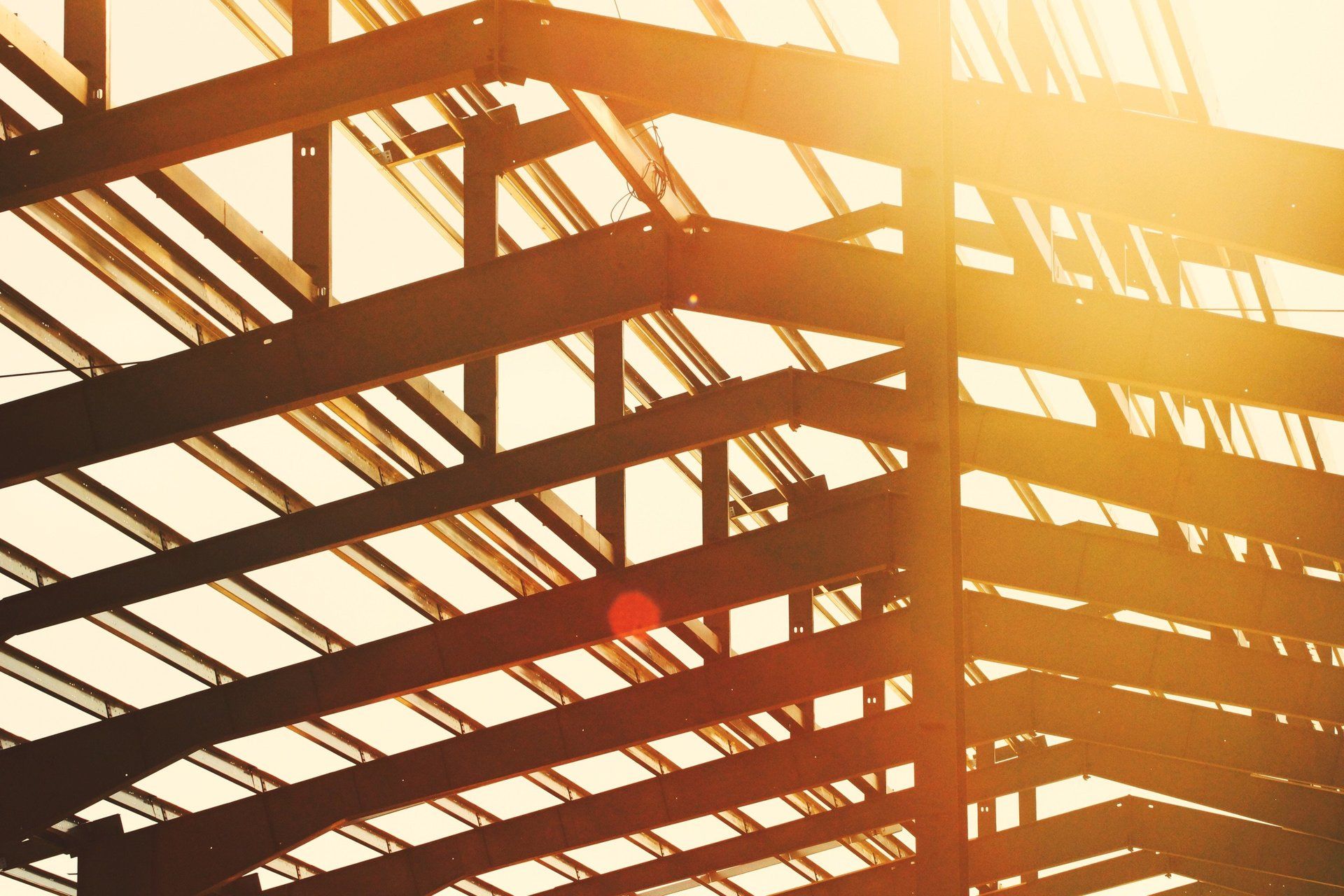
With the current codes of practice and Passive products annual renewal being worked through the issue of Tested vs Assessed is constantly brought up in conversation. NZBC accepts the use of AS4072.1 Assessments as a way of showing compliance as an equal with a tested solution in accordance with AS1530.4.

